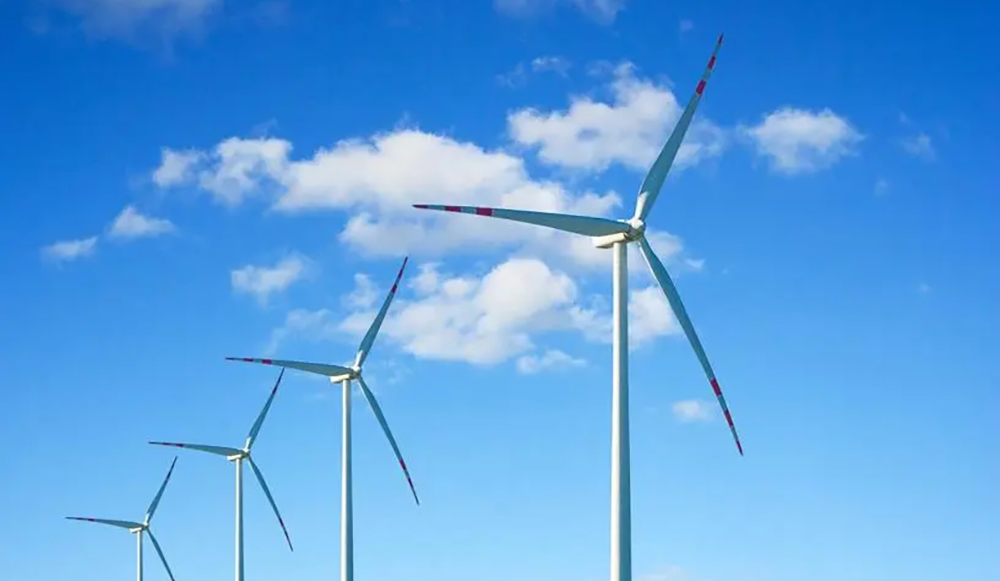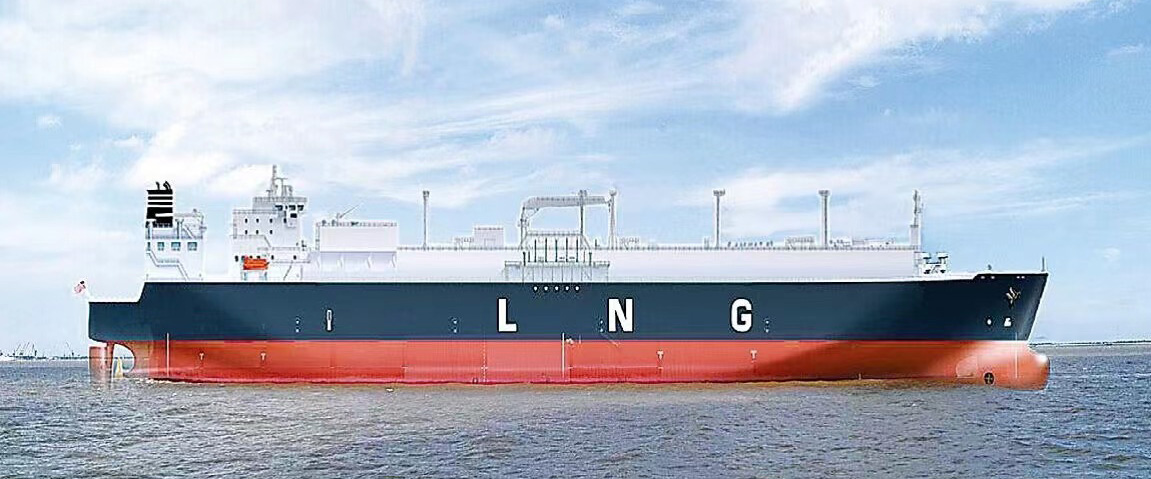Customizable Fiberglass Continuous Filament Mat for Specific Needs
Jiuding mainly offers four groups of CFM
CFM for Pultrusion

Description
For the production of profiles via pultrusion, CFM955 mat is ideally suited. Its key characteristics include rapid wet-through, effective wet-out, good conformability, a smooth surface finish, and high tensile strength.
Features & Benefits
● Even at high temperatures and in resin-saturated states, the mat exhibits strong tensile strength, allowing it to fulfill fast throughput and high productivity needs.
● Fast wet-through, good wet-out
● Easy processing (easy to split into various width)
● Outstanding transverse and random direction strengths of pultruded shapes
● Good machinability of pultruded shapes
CFM for Closed Molding

Description
Engineered specifically for infusion, RTM, S-RIM and compression molding, CFM985 features exceptional flow properties. The mat performs equally well as structural reinforcement or as an efficient resin distribution medium between fabric layers.
Features & Benefits
● Outstanding resin flow characteristics.
● High wash resistance.
● Good conformability.
● Easy unrolling, cutting and handling.
CFM for Preforming

Description
Optimized for closed mold manufacturing processes like RTM, infusion, and compression molding, CFM828 features a thermoplastic powder that delivers superior deformability and stretch performance during preforming. This makes it particularly suitable for producing large, complex parts in heavy truck, automotive, and industrial applications.
CFM828 continuous filament mat represents a large choice of tailored preforming solutions for closed mold process.
Features & Benefits
● Provide an ideal resin surface content
● Outstanding resin flow
● Improved structural performance
● Easy unrolling, cutting and handling
CFM for PU Foaming

Description
Optimized for PU foam reinforcement, CFM981's low binder content enables uniform distribution in expanding foam. Excellent for LNG insulation panels.
Features & Benefits
● Very low binder content
● Low integrity of the layers of the mat
● Low bundle linear density








